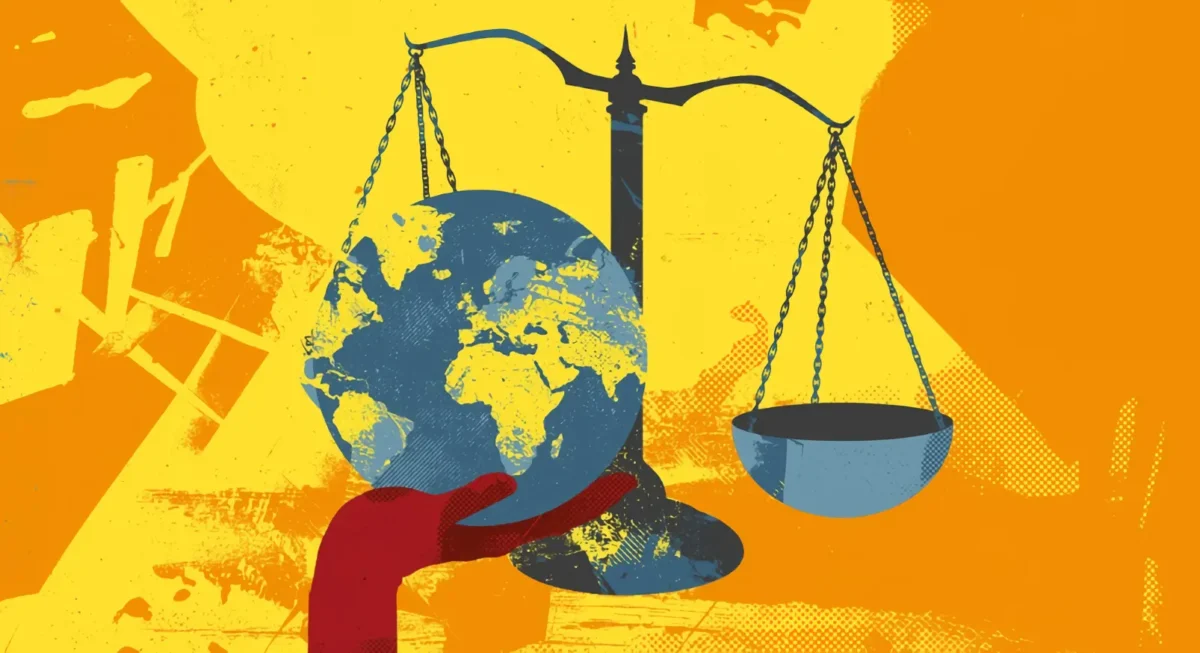EPA Seeks EJ Grantmakers and Worthy Projects
Environmentalism and Environmental Justice (EJ) have long been at odds with each other. In April 1970, when largely middle class and white Americans celebrated the first Earth Day by the millions, African-American sociologist Nathan Hare penned a scathing essay titled “Black Ecology,” in which he described the environmental realities of Black life in the United States and argued that those realities received little notice from mainstream environmentalists. While environmentalism works to preserve our natural resources and minimize the negative impacts of human activity on the planet, the EJ movement seeks to also establish an equitable distribution of both the benefits and burdens of the environment. EJ activism generally arises from an existing or imminent local issue, one with detrimental impacts on where people work and live. These EJ activists are mostly people of color and of limited means, who have grown frustrated that their concerns are not more widely recognized and addressed. A similar concern is playing out now in the field of artificial intelligence.
The EJ movement grew out of the Civil Rights Movement, reinforced by Title VI of the 1964 Civil Rights Act, which prohibits discrimination on the basis of race, color, or national origin for any program that receives federal funds. But the movement became a force of its own in 1982, when the governor of North Carolina announced plans to site a PCB landfill in rural Warren County, just south of the Virginia border. The announcement created a firestorm among local residents, a majority African-American community, and sparked protests and arrests that received national attention. Despite this controversy, the state went forward with the landfill.
The Warren County protests did prompt several important studies, however, including a landmark 1987 report titled Toxic Wastes and Race in the United States, perhaps the first study to compare toxic waste and demographic data. The report gives a grim account of racial and environmental injustice in numerous cities across the United States. In 1994 President Bill Clinton responded to this and other studies, as well as a growing EJ movement, by issuing Executive Order 12898 titled “Federal Actions to Address Environmental Justice in Minority Populations and Low-Income Populations.” This order called on each federal agency to make a concerted effort to minimize any adverse effects of its actions regarding public health and the environment. Clinton’s executive order lent credence and visibility to the EJ movement and galvanized grassroots efforts.
Nearly thirty years later, Biden has taken meaningful EJ measures of his own. In his first week in office, the president issued Executive Order (EO) 14008 titled “Tackling the Climate Crisis at Home and Abroad.” This order introduced the Justice40 Initiative, among other things, which sets a goal that 40% of the overall benefits of selected federal investments will reach the communities that live closest to and suffer most from hazardous waste. These funds will target not only climate change, clean energy, and remediation, but also affordable housing and workforce development.
In April 2023 Biden built on EO 14008 with another more targeted executive order (14096) titled “Revitalizing Our Nation’s Commitment to Environmental Justice for All.” This order establishes a first-ever White House Office of Environmental Justice, which will help to raise public awareness on critical issues as well as influence federal agency permitting, grant awards, and other approvals for activities that affect distressed communities. In addition, it extends Clinton’s executive order by directing all federal agencies to incorporate environmental justice more systematically into their decision-making, whether that concerns plastic pollution, hazardous waste, infrastructure projects, or critical services.
The U.S. Department of Agriculture responded to EO 14096 by announcing in May 2023 that it will begin to administer two loan and grant programs worth nearly $11 billion to boost clean energy systems in rural areas, made possible through the 2022 Inflation Reduction Act. The programs—part of the Justice40 Initiative—plan to put rural nonprofit electric cooperatives on equal footing with larger privately owned companies that have already made major investments in clean energy, according to U.S. Secretary of Agriculture Tom Vilsack.
Along with these efforts, the EPA’s Environmental Justice Thriving Communities Grantmaking Program will select a number of Grantmakers from across the country, both to facilitate the grant application process and to administer the awards. The deadline for prospective Grantmakers has been extended until June 30, 2023, suggesting that the agency wants to select from a larger or perhaps a more diverse pool of applicants. Eligible organizations include nonprofits, tribal governments, and educational institutions, or some combination of these. Grantmaker partnerships are encouraged and will likely receive special attention.
As for those organizations applying for funds, the EJ grant requirements are intentionally broad and the opportunities varied. Construction, demolition, and remediation will all be considered, for example, as well as other activities that may not be specified but that help to “meet communities at their needs.” The partnership principle applies to grant applicants as well, so as to increase the number of stakeholders in the community, whether businesses, public agencies, health care organizations, or otherwise.
EPA encourages all eligible organizations to apply. They make this clear by simplifying the application process and by emphasizing that technical assistance is available to support the grant writing and reporting process, along with guidance on project planning and development. The agency wants to be able to tell great stories, to report to the public that the EJ programs are making vital improvements to underserved communities. They want Environmental Justice to become and remain a high priority.
 Contact@SSutton-and-Associates.com
Contact@SSutton-and-Associates.com 420-737-921-492
420-737-921-492 410-245-0398
410-245-0398 647-969-8866
647-969-8866



 www.SSutton-and-Associates.com
www.SSutton-and-Associates.com